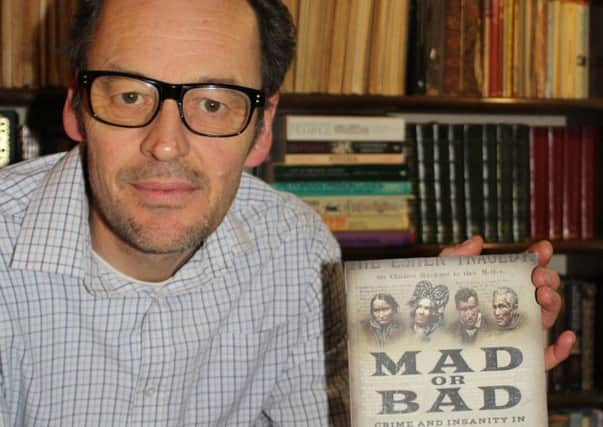Book review: Mad Or Bad - Crime And Insanity In Victorian Britain


The answers were often controversial. The press, public and many judges balked at a verdict that would send a murderer to an asylum – in some instances only for a few years – rather than to the gallows. A finding of not guilty on the grounds of insanity, a magazine complained in the 1850s, invited “others to follow in the same course, who might otherwise be restrained by a wholesome fear of punishment”.
Conflicting opinions among “alienists”, as early psychologists were known, sowed confusion and condemned many insane offenders to death. Legal uncertainty compounded the problem prompting one observer to suggest an insanity verdict was “a mere matter of accident”.
Advertisement
Hide AdAdvertisement
Hide AdSome of the cases examined are well known. Amelia Dyer, for instance, probably murdered dozens of newborns she was hired to put up for adoption; evidence she was delusional failed to save her from the noose. And no-one doubted William Dove of Leeds was sane when he poisoned his wife in 1856.
Vaughan includes many lesser-known offenders, including the Durham police officer who fatally shot his wife in a jealous rage and a doctor who killed a servant (and, ironically, was a former superintendent of an insane asylum). Both were found to be insane.
Mad Or Bad jumps back and forth in time as the cases are presented, which makes it difficult to follow the development of the insanity plea. And many readers are likely to skip the almost 30 pages of definitions, biographical notes and other housekeeping matter which are inserted, oddly, at the start of the book.
Fraser’s prosecution, one of four Scottish cases in the collection, was notable for more than the novel defence. There were so many examples of his nocturnal adventures since childhood that the jury wanted to acquit him mid-trial.
Fraser was found guilty but the judge ruled he was not insane or responsible
for his unconscious actions – in other words, neither mad nor bad. After a voluntary stint in an insane asylum, he was set free.
*Mad Or Bad: Crime And Insanity In Victorian Britain by David J Vaughan, Pen & Sword History, £12.99
*Dean Jobb, author of Empire Of Deception, teaches nonfiction writing at the University of King’s College in Nova Scotia. He is writing a book on the crimes of Dr Thomas Neill Cream, a Scottish-born serial killer who poisoned prostitutes in 1890s London. www.deanjobb.com